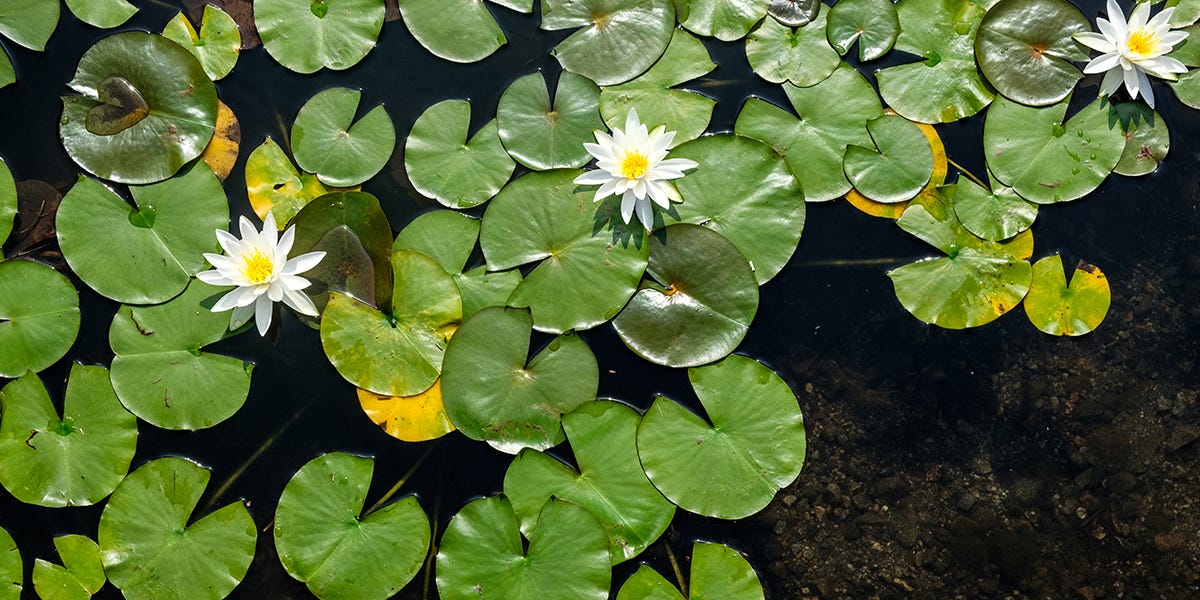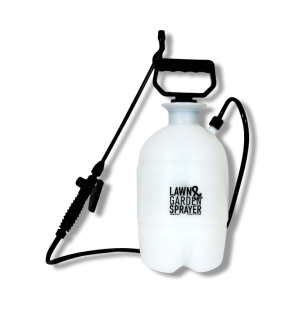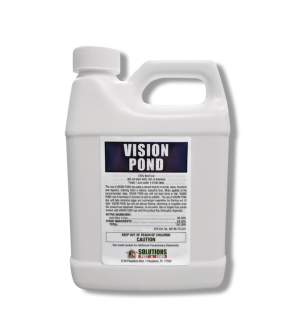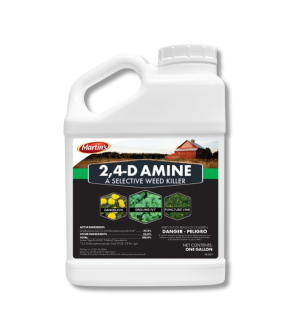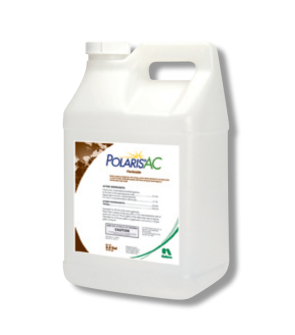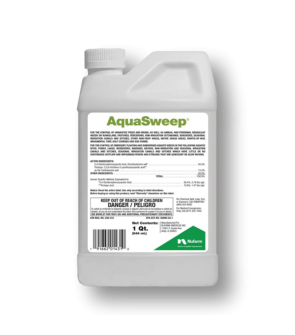Gain access to personalized product screening, the best pricing, rewards, and more!
Most Effective Products
Water Lily Control: How To Get Rid of Water Lilies
The water lily (also known as the white or fragrant water lily) is a perennial plant known for forming dense colonies wherever it grows. You may be more familiar with the name lily pad, which describes the plant when it is floating on water surfaces. This plant prefers to grow in calm, shallow waters.
Water lilies are very useful in the natural ecosystem as they serve as habitats for many micro and macroinvertebrates. These invertebrates are used as food by fish and other wildlife species (e.g., amphibians, reptiles, ducks, etc.). After water lilies die, the organic matter they give off through decomposition also provides food to other aquatic animals. Deer, beavers, muskrats, nutria, and other rodents also consume the leaves and rhizomes of white water lilies, while ducks eat the seeds.
While they may be beneficial, they can be a problem when they begin to grow in number and overtake a water property. In some cases, water lilies can take over an entire pond's surface, making it difficult for sunlight to pass through.
Suppose you have water lilies growing on your pond or other water property. In that case, our simple DIY treatment guide below can help you get rid of them affordably and quickly by using our professional aquatic herbicides.
Identification

Before carrying out a treatment program, you will need first to be certain that you are dealing with water lily and not some other weed. Careless identification can lead to using the wrong treatment methods, which can waste time and money. Below, we shared identifying characteristics to know what a water lily looks like:
- Water lilies are easy to identify as they are one of the more common floating plants people recognize. Their leaves emerge on flexible stalks from rhizomes on the thicker and larger side.
- The leaves are round than the heart-shaped ones you tend to see in drawings or cartoons and are brightly colored green. Water lilies are between 6 to 12 inches in diameter, with the slit about 1/3 the length of the leaf.
- Water lily leaves typically float on the water's surface. Flowers arise on separate stalks and have bright white petals with yellow centers. The flowers may float or stick above the water, and each opens in the morning and closes in the afternoon. They are very fragrant. White water lilies can spread from seeds or rhizomes.
The description and image above can help you identify whether the weed growing in your pond is a water lily. If you need help identifying the plant, contact us with a close-up, high-quality photo of the plant, and we will respond with the correct plant identification.
Inspection

Once you have confirmed that you are dealing with a water lily, proceed with the inspection. During this phase, you will locate the areas where water lily thrives so you know where to focus your aquatic herbicide application.
Where to Inspect
Walk around your lake or pond to observe the water lily and see how big of an infestation there is. This is important for knowing how much herbicide you need to treat the weed. Survey your lake or pond and determine the best and safest plan of action. You wouldn't want to harm any beneficial vegetation, fish, or other aquatic creatures.
This would also be a good time to test the water's pH level. You want it to be below 8. Water with an 8 or higher pH level hurts the effectiveness of aquatic herbicides.
What to Look For
Water lily is a hard plant to miss. By observing your water body, you can detect it pretty easily with its floating wide leaves that are split to the stem at the center and may have white or pink flowers growing on it.
Treatment
Before handling any chemical herbicides, make sure to put on the necessary personal protective equipment (PPE), such as gloves, glasses, and a particle mask, for safety. Our top recommended product to treat water lily is 2,4-D Selective Weed Killer. The active ingredient in this product does a great job killing water lily and can also control a wide range of other aquatic weeds and land weeds you may be dealing with.
It is important to note that the 2,4-D label states that 2,4-D Amine may be toxic to fish and aquatic invertebrates in the water. The product should be applied in lanes separated by untreated strips to protect aquatic life and desired vegetation within the water. When treating continuous, dense weed masses, treating only part of the infestation at a time may be appropriate.
Step 1: Prepare and Mix the 2,4-D

Before mixing and applying, you must calculate the size of the water body you wish to treat to determine how much Diquat you will need.
For water bodies, the measurement is usually done by calculating the acreage or acre-foot. To do this, measure the length, width, and average depth of the water body in feet, then divide by 43,560 (Length (ft.) x Width (ft.) x Average Depth (ft.) / 43,560 = Acre-feet).
2,4-D Applications made to aquatic weeds are made at a rate of 2 to 4 pints of product per acre. Power-operated spray equipment is used to apply low-pressure spray (10 to 40 psi) in a spray volume of 20 to 100 gallons per acre. A repeat application after 30 days at the same rate may be needed for hard-to-control weeds. However, do not apply more than 2 treatments per season or more than 8.42 pints per acre.
Step 2: Apply 2,4-D or Glyphosate 5.4 to Water Lily
Once the herbicide you choose is well-mixed, depending on the targeted weed and the water depth, you can spray it over the water along the shoreline, spot-treat emerged weeds, or broadcast spray it over the water surface.
Timing is important when treating water lilies. It is recommended to spray them between late July and the first frost when the plant is actively growing. Use a fan spray nozzle to ensure an even coating on the water surface.
Step 3: Follow Up Applications
Depending on the size of your pond or lake, you may need to conduct treatment in sections, waiting two weeks between treatments until you've treated the entire body of water.
This is also better for the health of fish and aquatic life in the water as it allows fish to move into untreated areas, time for the chemical to break down, and oxygen to return so fish can survive treatment.
Reapplication may be necessary 21 days after the initial application is complete. Water Lily can be a reoccurring issue, so monitoring your water is key, and repeated application is crucial to getting rid of the plant successfully.
Prevention
Prevent water lilies from returning by following the suggested preventative measures:
- To keep the water lily from coming back, we recommend applying Vision Pond Dye. Vision Pond Dye stops plant development by blocking sunlight into the water, giving your pond a clean blue color. Based on your pond area measurement findings, measure the appropriate amount of Vision Pond Dye into a bucket. The label recommends applying 1 quart per 1 surface acre of water at a 5-foot average depth. Pour the pond dye over the edge directly into the body of water, and the water's natural movement will disperse the dye.
Key Takeaways
What is Water Lily?
- Water lily is a free-floating weed that spreads quickly over an entire water body if not treated.
How To Get Rid of Water Lily
- 2,4-D Amine Selective Weed Killer is our top recommendation for treating water lily and successfully removing it from a water property. Alternatively, you can use Glyphosate 5.4, which is safer when your water has fish and other aquatic life.
Preventing Water Lily Reinfestation
- Applying Vision Pond Dye after treatment is a great preventative measure that prevents water lily regrowth and can restore the look of your pond, giving it a natural blue color.






